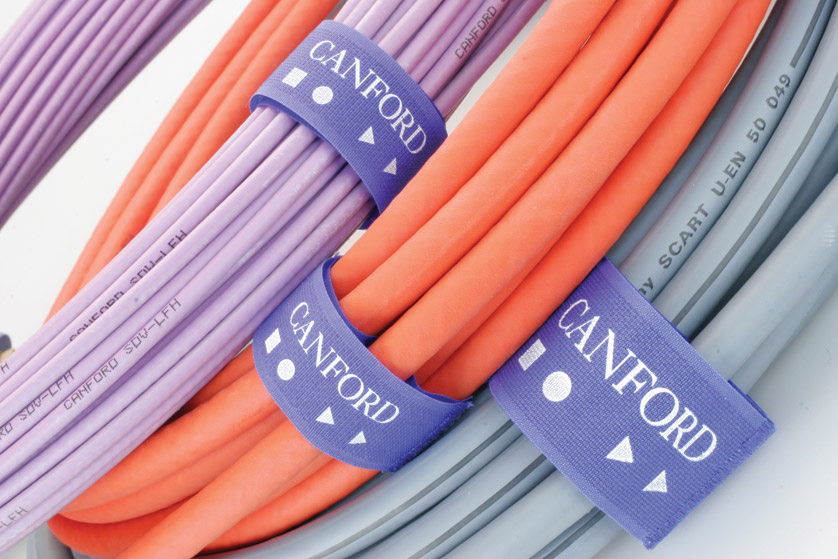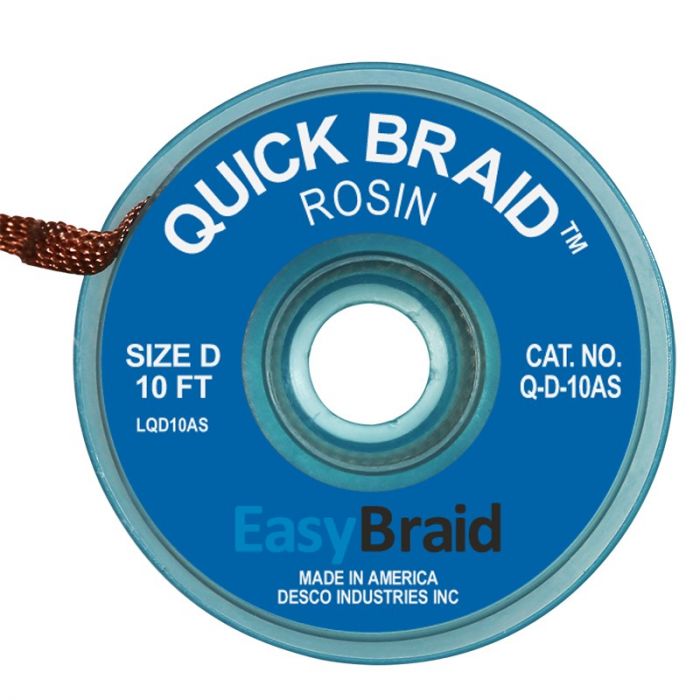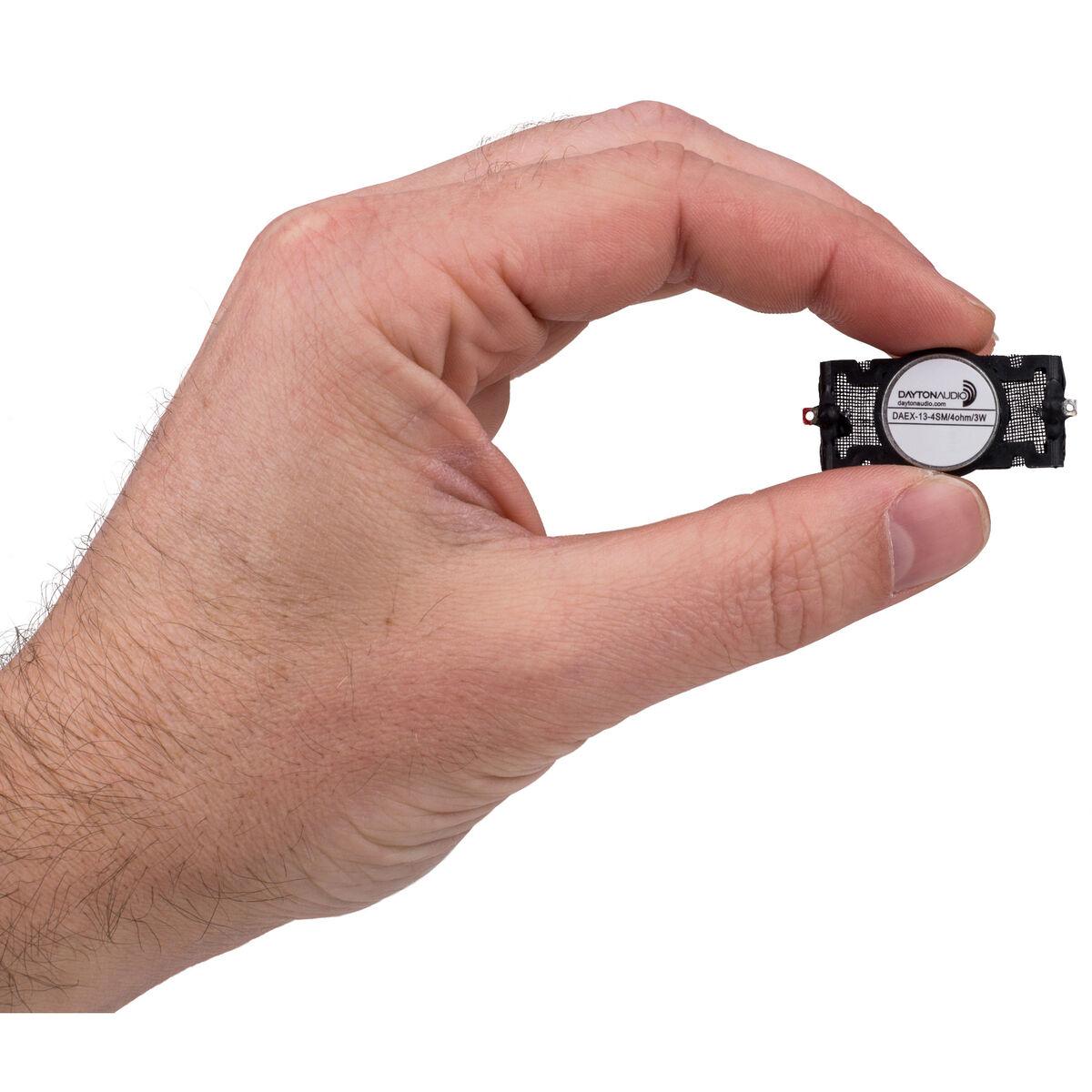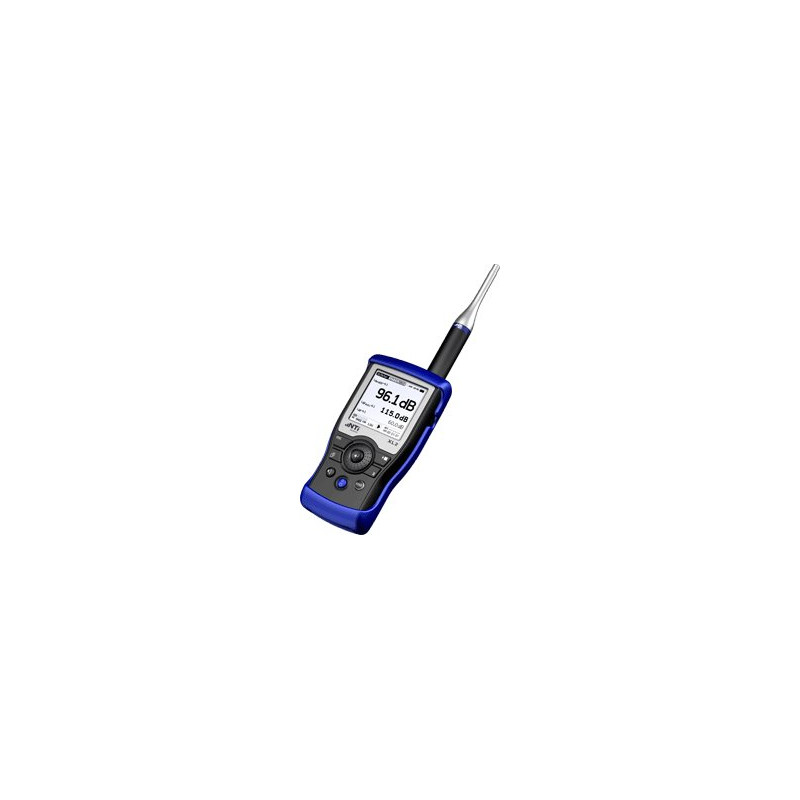
Private attributes on a Pitch object) and need to be able to clear caches. Objects are responsible for making sure that their own caches are up to date,īut a power user might want to do something in an unusual way (such as manipulating clearCache ( ** keywords ) ¶Ī number of music21 attributes (especially with Chords and RomanNumerals, etc.)Īre expensive to compute and are therefore cached. Materials at the start of a musical score.

For instance, a key signatureĬhange appears before a time signature change before a In case of tie, there are defined class sort orders defined in To have Elements that appear before non-priority set elements.

Tempo change with the higher priority number would apply to theįollowing notes (by being processed second).ĭefault priority is 0 thus negative priorities are encouraged Mean, for instance, if you had two elements at the same offset,Īn allegro tempo change and an andante tempo change, then the KeySigElement.priority = 1 clefElement.priority = 2 this might beĪ slightly counterintuitive numbering of priority, but it does The same time but the key change to appear first, then set: Instance, if you want a key change and a clef change to happen at To right (highest number) of objects at the same offset. Priority specifies the order of processing from left (lowest number) Which is safer or streamObj.elementOffset(self) which is 3x faster. Show proportional progress through the beat. Beat values count from 1 andĬontain a floating-point designation between 0 and 1 to Return the beat of this object as found in the most Music21Object read-only properties Music21Object. Some of these may be intercepted by the subclassing object (e.g., duration hasStyleInformation firstĮach of these may be passed in as a named keyword to any music21 object. Style: a Style object, that contains Style informationĪutomatically created if it doesn’t exist, so check. Priority: int representing the position of an object among allĭerivation: a Derivation object, or None, that shows

Specifying the position of the object in a site. Offset: a floating point value, generally in quarter lengths, Internal sub-collections (voices, parts, selections) to which thisĭuration: Duration object representing the length of the objectĪctiveSite: a reference to the currently active Stream or None Groups: a Groups object: which is a list of strings identifying Id: identification string unique to the objects container (optional). Music21Object ( * arguments, ** keywords ) ¶Īll music21 objects have these pieces of information: Music21Object Music21Object ¶ class music21.base. These grobs form a subtype called Spanner.Īll spanners have two span points (these must be Item objects), one on Some objects are horizontally spanned between objects. I found this in the LilyPond Internals Reference regarding spanner-interface:
LILYPOND AUDIO MEASURE TIE MANUAL
I want to do this not by tweaking magic numbers like in the linked answer, but in a way that is robust against spacing changes (like changing paper size or font size or minimum distance between notes or words, or adding manual breaks in the notes, etc.). (The red line is only here for showing the alignment - I don't want such a line in the output.)

I want to align the end of the melisma extender line with the last note of the melisma. I have a melisma defined like so \relative This is a follow-up question to this answer.


 0 kommentar(er)
0 kommentar(er)
